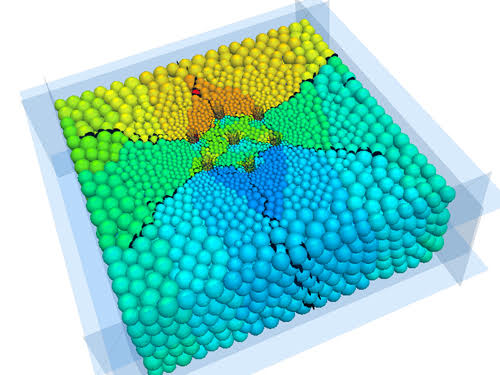Most deep earth operations, oil and gas extraction, geothermal energy, and in-situ mineral recovery requires a well-developed fracture network in the host rock for economical and efficient energy recovery. However, a host rock formation with good fracture connectivity is often not encountered in these operations. Therefore, artificial fracture stimulation methods in host rock formations is a vital precursor for economical and efficient recovery of resources. In this regard, the most commonly adopted method of fracture stimulation is hydraulic fracturing. Although effective, this technique is notorious for its adverse environmental impacts such as, excessive use of water, uncontrolled fracture propagation which leads to the contamination of groundwater and induced seismicity. Therefore, controlled fracture stimulation in host rock formations using slow energy releasing techniques has become a necessity as an alternative to prevailing deep earth rock fragmentation techniques.
In the light of this requirement, the researchers of the 3GDEEP laboratory at Monash University have produced a slow energy releasing, novel non-explosive demolition agent which can potentially be applied in a multitude of deep earth energy and mineral extraction operations for host rock fracture stimulation. This patent-pending design is a calcium oxide based cementitious compound. When mixed with water and injected into pre-drilled wells in a host rock, it creates multiple radial fractures around the well as a result of expansive pressure generated by volumetric expansion resultant from the chemical reaction. Until now, the application of this compound has been limited to surface rock fragmentation and non-explosive demolition of structures. The compound has been modified to be applied in underwater, high confining pressure and high salinity conditions (for deep earth and seabed explorations) with a high thermal stability, and fluidity. At present, numerical simulations are being carried out to optimize rock fragmentation using 3G-DTM

